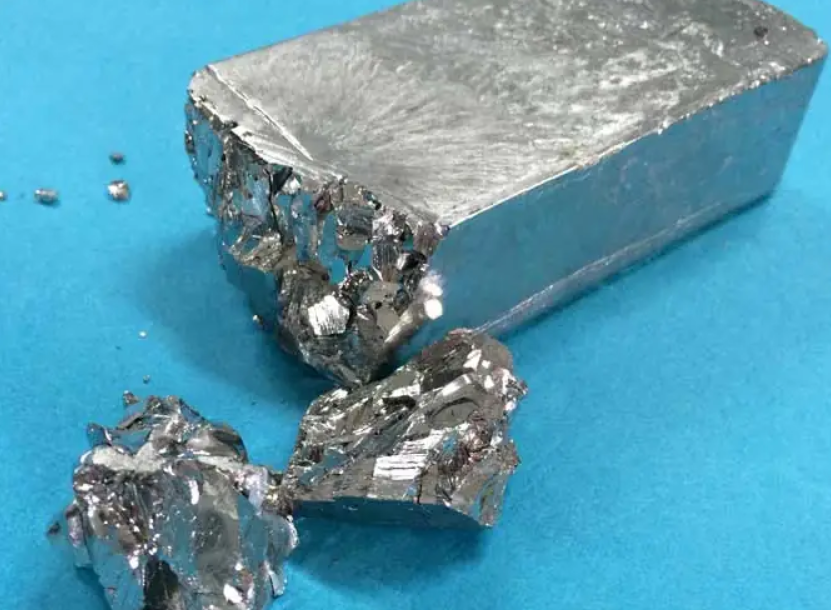1、 Overview of Bismuth
Bismuth is a white or silver white metal with an atomic number of 83, belonging to the sixth period and group VIII elements. In nature, bismuth is mainly sulfided
The form of mineral exists. Bismuth has good ductility, conductivity, and corrosion resistance, making it widely used in the industrial field.
2、 The smelting method of bismuth
1. Pyrometallurgical smelting
Pyrometallurgical smelting is the process of crushing, grinding, and flotation of bismuth containing ores to obtain bismuth containing concentrates. Then the bismuth containing concentrate is smelted at high temperature to obtain
To coarse bismuth. In the pyrometallurgical process, commonly used fluxes include limestone, quartz, etc., to lower the melting point of slag and reduce harmful gas emissions.
2. Wet smelting
Wet smelting mainly extracts bismuth from bismuth containing ores through chemical reactions. The commonly used methods include sulfuric acid method, nitric acid method, etc. The sulfuric acid method involves mixing bismuth containing ore with sulfuric acid
Combine to generate bismuth sulfate solution, and then extract bismuth through a series of chemical reactions. The nitric acid method involves mixing bismuth containing ore with nitric acid to produce a bismuth nitrate solution, which is then reduced
The agent reduces bismuth.
3. Electrolytic smelting
Electrolytic smelting is the process of separating metallic bismuth from a bismuth containing solution through electrolysis. During the electrolysis process, bismuth ions in the bismuth containing solution obtain electrons at the cathode, generating
Become metallic bismuth. The electrolysis method has the advantages of high production efficiency and low energy consumption.

 English
English  Español
Español  Português
Português  русский
русский  français
français  日本語
日本語  Deutsch
Deutsch  Tiếng Việt
Tiếng Việt  Italiano
Italiano  Nederlands
Nederlands  ไทย
ไทย  Polski
Polski  한국어
한국어  Svenska
Svenska  Malay
Malay  বাংলা
বাংলা  हिन्दी
हिन्दी  Pilipino
Pilipino  Türk
Türk  عربى
عربى  Indonesia
Indonesia  norsk
norsk  čeština
čeština  Українська
Українська  Javanese
Javanese  فارسی
فارسی  తెలుగు
తెలుగు  Burmese
Burmese  български
български  Latine
Latine  Azərbaycan
Azərbaycan  Српски
Српски  Esperanto
Esperanto  Afrikaans
Afrikaans  Català
Català  Cymraeg
Cymraeg  Беларус
Беларус  Hrvatski
Hrvatski  Kreyòl ayisyen
Kreyòl ayisyen  Shqiptar
Shqiptar  Bosanski
Bosanski  Кыргыз тили
Кыргыз тили  ಕನ್ನಡ
ಕನ್ನಡ  IsiXhosa
IsiXhosa  Chichewa
Chichewa  Somali
Somali  O'zbek
O'zbek  հայերեն
հայերեն  Sundanese
Sundanese  Malagasy
Malagasy 






